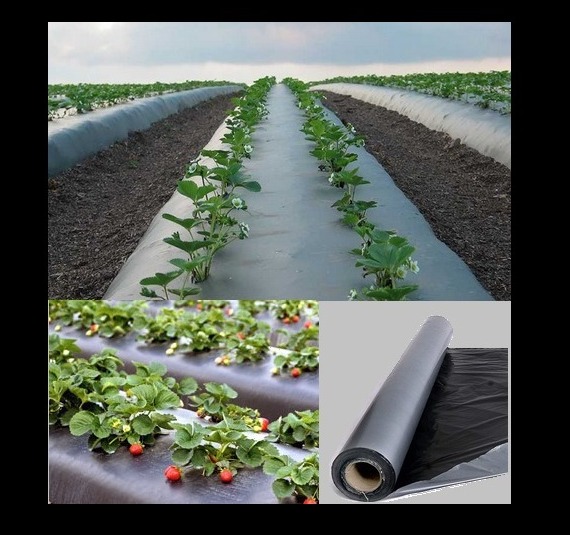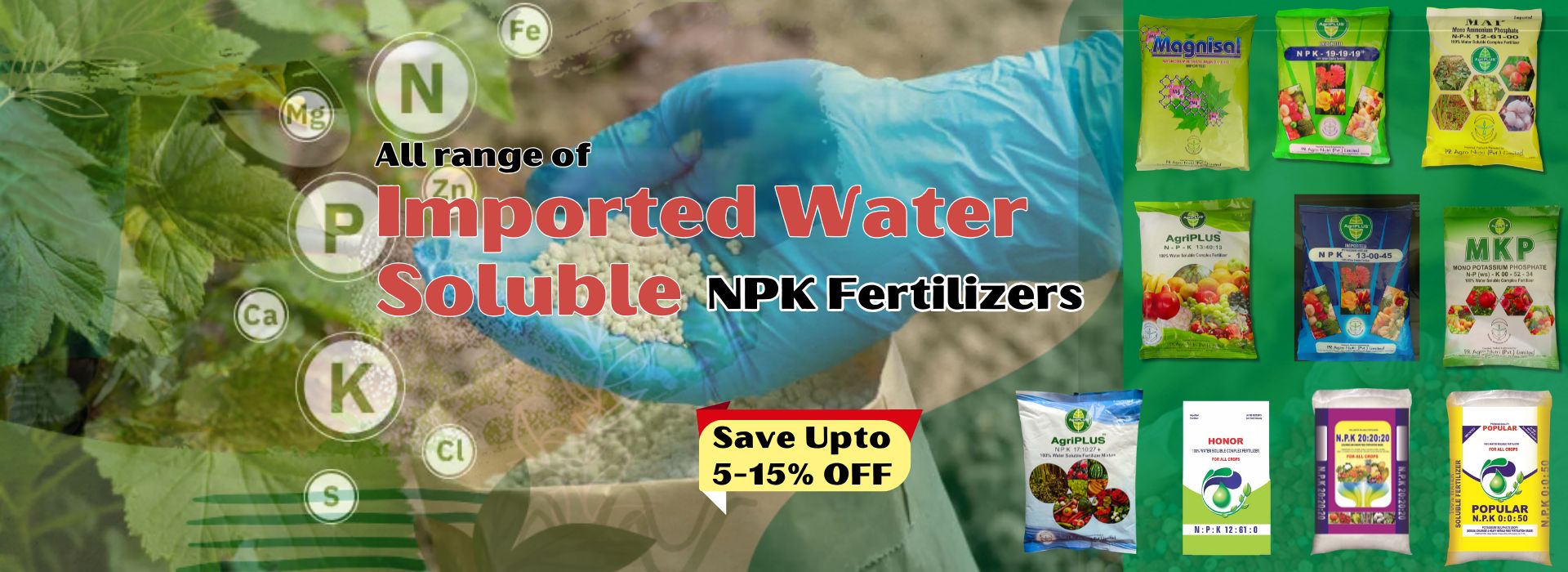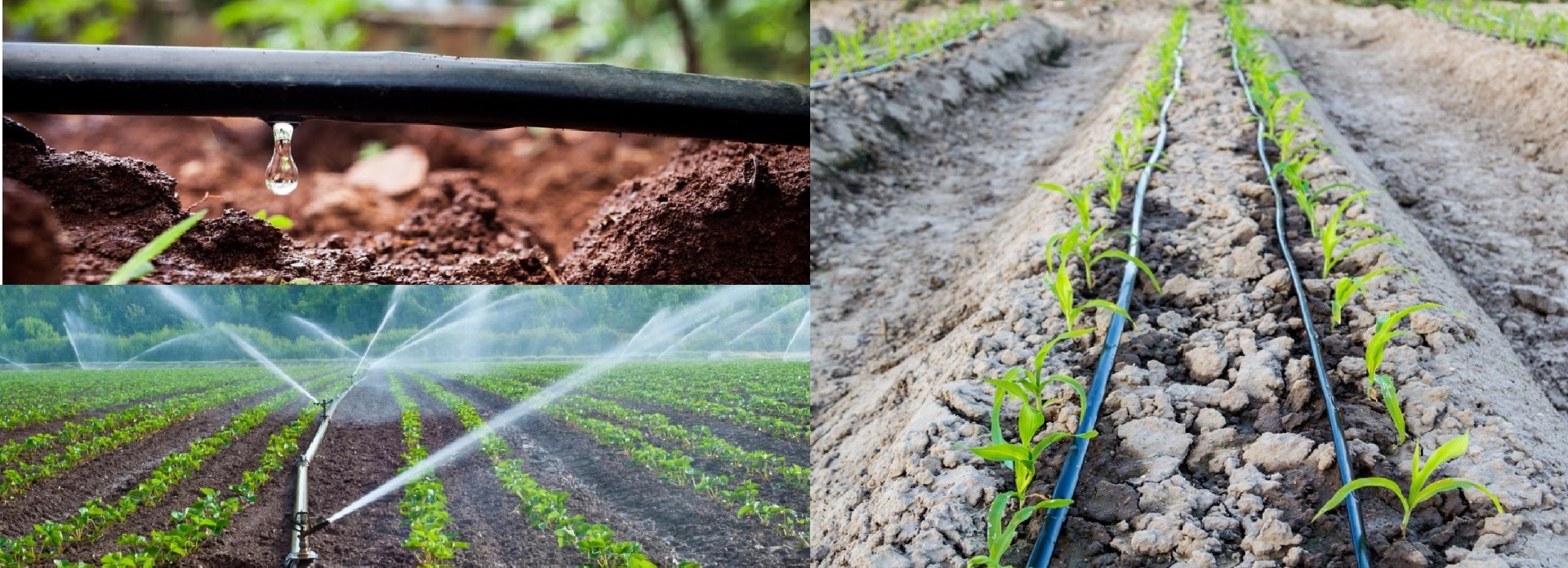Mulching Mastery: Techniques to Conserve Soil Water and Boost Crop Health
December 28, 2023In the world of sustainable agriculture, where every drop of water counts, mulching has emerged as a key practice for conserving soil moisture and promoting overall crop health. Mulching involves covering the soil with a layer of organic or inorganic material to reduce evaporation, control weeds, and enhance soil structure. In this blog, we'll explore various mulching techniques and how they can be employed to conserve soil water, mitigate erosion, and contribute to sustainable farming practices.
Organic Mulching:
Straw and Hay: Applying a layer of straw or hay around plants helps retain soil moisture, suppress weed growth, and improve soil structure. These organic materials break down over time, enriching the soil with nutrients.
Wood Chips: Wood chips are an excellent organic mulch option that not only conserves water but also adds organic matter to the soil as they decompose. They are particularly effective around trees and shrubs.
Cover Crops: Planting cover crops as living mulch provides a dual benefit. The cover crops protect the soil from erosion, and when they are eventually incorporated into the soil, they contribute organic matter and improve water retention.
Inorganic Mulching:
Plastic Mulch: Plastic sheets or films are commonly used for inorganic mulching. They create a physical barrier that reduces water evaporation, controls weeds, and warms the soil, promoting early plant growth in cooler seasons.
Gravel or Stones: In areas prone to high winds or heavy rains, gravel or stones can be used as a mulching material. They create a protective layer that prevents soil erosion and conserves moisture.
Geotextiles: These synthetic fabrics are designed to allow water penetration while suppressing weed growth. Geotextiles are particularly useful in areas where maintaining soil moisture is crucial.
Watering Techniques with Mulch:
Drip Irrigation under Mulch: Installing a drip irrigation system beneath the mulch layer ensures that water is delivered directly to the root zone of plants. This targeted watering approach maximizes water efficiency.
Mulch Basins: Creating basins around plants and filling them with mulch helps retain water and directs it toward the root zone. This technique is especially effective for young plants and trees.
Best Practices for Mulching:
Maintain Adequate Thickness: Ensure that the mulch layer is thick enough (typically 2-4 inches) to provide effective coverage. Thicker mulch helps regulate soil temperature and reduces evaporation.
Leave Space Around Plant Stems: Avoid piling mulch against the stems of plants to prevent moisture-related diseases. Leave a small gap around the base of each plant.
Monitor and Renew: Regularly monitor the condition of the mulch and replenish it as needed. Over time, organic mulches will break down, and topping them up ensures consistent benefits.






Guest reviews
No reviews found for this Blog